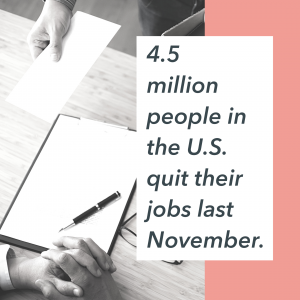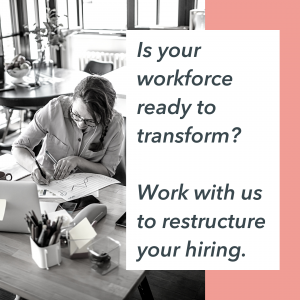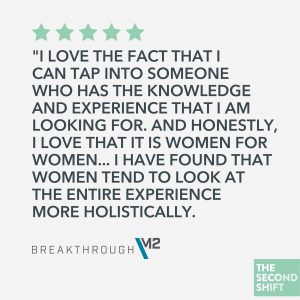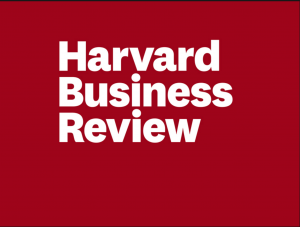
Big News– Kiirsten (Kiki to us) is about to have a baby!! It’s the first Second Shift employee to have a baby and go out on family leave. In full transparency, this has been a moment of both fear and excitement for all of us. Kiki is an invaluable team member and her role in client and member success and operations is enmeshed in all areas of our company.
Theoretically, we have a deep understanding of parental leave having placed numerous fill-in roles and as the creators of the Let’s Be Human: Welcoming Parenthood (And All That Comes With It) platform to train managers and employees on successfully executing parental leave. So, as self-proclaimed experts, we realized this was a unique opportunity to put our program to work on ourselves. Kemp and Kiki have had the most work to do– from Kemp creating our leave policy to Kiirsten training others to do her job with confidence–here is what they discovered:
Kiirsten’s insights as the employee going on leave:
Plan in reverse. A pearl of wisdom gifted to me was to cross the t’s by week 36 of pregnancy instead of my estimated due date. I shared the news with my team on the early side, but even if you choose to wait: research your company, state, and federal benefits and start crafting a guideline for covering responsibilities during your parental leave. Time flies and the formalities of time off may include multiple components in your organization like management, an HR department, a PEO, and more – in addition to navigating job coverage.
Go for confidence, calm, and creativity. Designing an empowered and resourceful parental leave roadmap gave our team a chance to zoom out from the daily workflow and lent me an opportunity to look at how to make my position, processes, and projects transparent and teachable. Questions I considered included: how do I sharpen my business for the benefit of the business; who will hold my role and what does an effective training model look like; what do I want my return to feel like? By discussing mutual expectations around this life/career stage, it infuses a sense of stability in what could feel like a world of swirling personal and professional unknowns.
Think about the future. Consider whether you may be mid-project as you temporarily exit stage left, as well as what will be happening within your company and industry around the approximate time you return to work. Will your leave begin during a product launch you’ve been working on all year or will you be re-entering work during fundraising or event season? It was important to me to invest the time to look ahead at the business calendar and strategic goals to arrange for team-wide success and a low-stress return.
Kemp’s Insights from the employer perspective:
Educate Yourself. Review applicable law with your HR professional or employment counsel to make sure your policy is compliant. States such as California have specific obligations for employers regarding employee leave,
Plan ahead! Spend time with your employee to determine (1) what are mission critical responsibilities? (2) What employees can cover for her? (3) Do we need to hire a (Second Shift) contractor to provide coverage? Have her create a document outlining key coverage needs while she is out.
Be Creative and Compromise. Implement policies that work for your business. How long? Paid vs. unpaid leave? Small businesses often can’t offer the level of leave benefits as larger companies but we can offer flexibility, work from home options, and individual support. Be creative and make her feel valued.
We are still in the before stage of Kiki’s leave and will update you as this journey progresses. If you would like more information about Let’s Be Human and our parental leave platform please reach out to info@thesecondshift.com.







